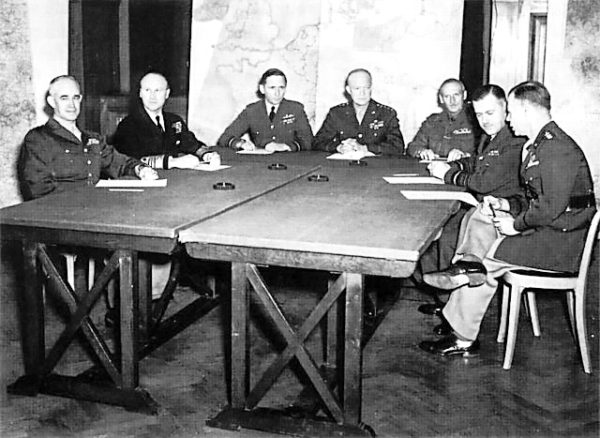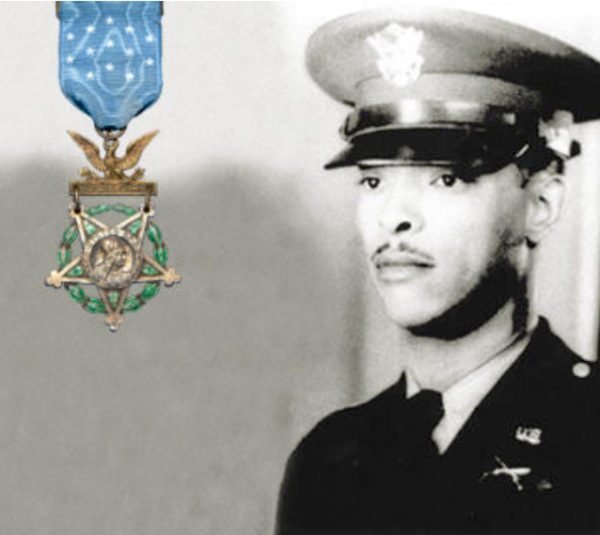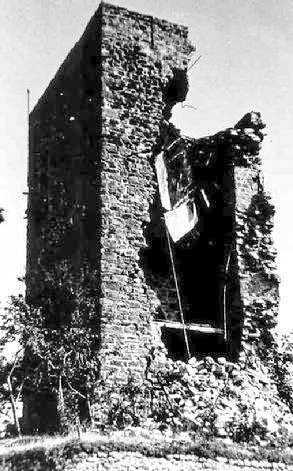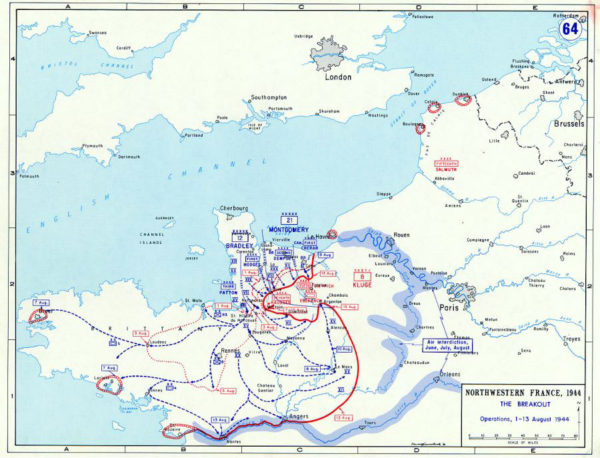I’m sure that during your career, each of you have reported to multiple supervisors with leadership skills ranging from the “boss from hell” to being a trusted “mentor” (probably more of the former). Everyone over a career has experienced the depths of contempt to a high of ultimate respect toward their superiors. The best boss was someone for whom everyone would gladly jump off a cliff. The bad boss was someone who led their troops to the edge of the cliff and pushed them over while retreating to safety in the end.
In major wars, there are two types of generals: “stay-at-home” and “front-line.” Please don’t get me wrong, I’m not passing judgement on either type. Gen. Dwight “Ike” Eisenhower never really had any front-line combat experience. However, his talents (i.e., political and managerial) were crucial to winning World War II. Considered to be Ike’s second-in-command, Gen. Walter Bedell Smith (1895−1961) was an administrative genius. Gen. George C. Marshall (1880−1959) turned down an overseas battlefield assignment because President Roosevelt considered him too important in his role as U.S. Army Chief of Staff.
Many of us who have been to the American Cemetery overlooking Omaha Beach have seen the grave of Brigadier General (BG) Theodore Roosevelt Jr. (1887−1944), the only American general to land and go ashore on D-Day, the morning of 6 June 1944. He was very popular with his men and well-respected by his superiors. Our story today is about another American general who, like Roosevelt, led from the front.
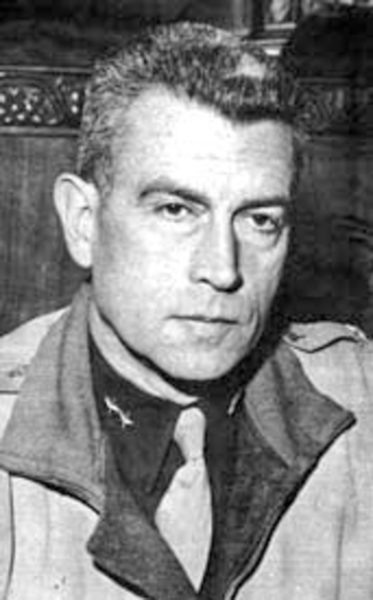
Did You Know?
I’ll bet half of you recognize the name of Hedy Lamarr and the other half have no idea who she was. Hedy Lamarr (1914−2000) was an Austrian-born actor, and film maker best known for her role in the 1949 film, Samson and Delilah. While she may be recognized for her movies, most people don’t know that Hedy was an inventor. She and her Hollywood neighbor-musician, George Antheil, developed a radio guidance system using wireless frequency-hopping, or spread spectrum technology. They called it “Secret Communication System” and a U.S. patent (#2,292,387) was issued on 11 August 1942. (Hedy was married at the time to Gene Markey.)
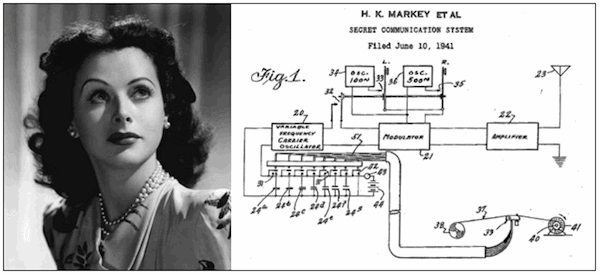
Frequency-hopping was used to avoid jamming in torpedo guidance systems. Hedy and George gave the patent to the United States government to assist in the defeat of Hitler. The U.S. Navy opposed the idea and did not use it during the war. However, in the 1950s, the navy commissioned a project using the technology to acoustically detect submarines using remote-controlled sonar buoys. The “Secret Communication System” was not fully implemented until 1962 when it was used by military ships during the Cuban Missile Crisis. Unfortunately, the patent had expired by then. Hedy and George never received a penny for their invention. It is thought that the torpedoing of the SS City of Benares inspired Hedy to develop the system to jam torpedo frequencies. (Click here to read the blog, The SS City of Benares.) Howard Hughes was so impressed with Hedy that he hired her to improve the aerodynamics of his airplanes.
Click here to watch the video clip Hedy Lamar: Hollywood Star & Inventor.
Today, Hedy and George’s invention serves as the basis for modern spread-spectrum communication technology (e.g., Bluetooth, Wi-Fi, etc.) used in cell phones, wireless internet, and defense satellites. Hedy was posthumously inducted into the National Inventors Hall of Fame in 2014 and is sometimes referred to as the “Mother of Wi-Fi.”
In 1997, Hedy was the first woman to be awarded the Invention Convention’s BULBIE Gnass Spirit of Achievement Award. It was commonly called the “Oscar of Inventing.” Hedy never won a filmdom Oscar but then, I suppose winning the “Oscar of Inventing” probably has a higher intellectual quotient.
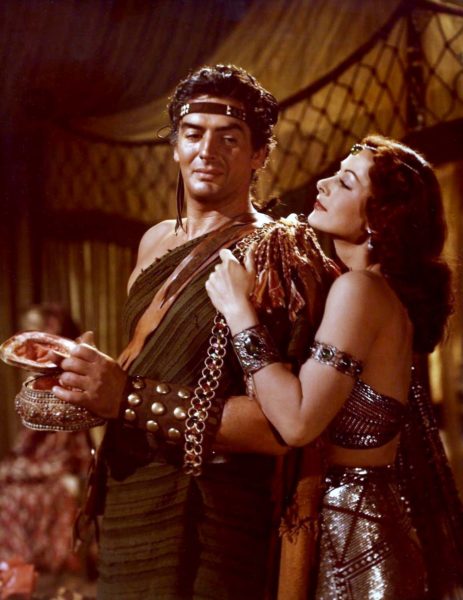
Maurice Rose
Maurice Rose (1899−1945) was born in Connecticut to Rabbi Samuel Rose and Katherin (née Bronowitz). His parents emigrated to America from Poland and three years after Maurice was born, the family relocated to Denver, Colorado. From the earliest age, Maurice knew he wanted to pursue a military career. Lying about his age, Maurice enlisted in the National Guard in 1916 with the hope he could join the Pancho Villa Expedition. His true age was discovered, and Maurice was discharged. Read More He Led From the Front

